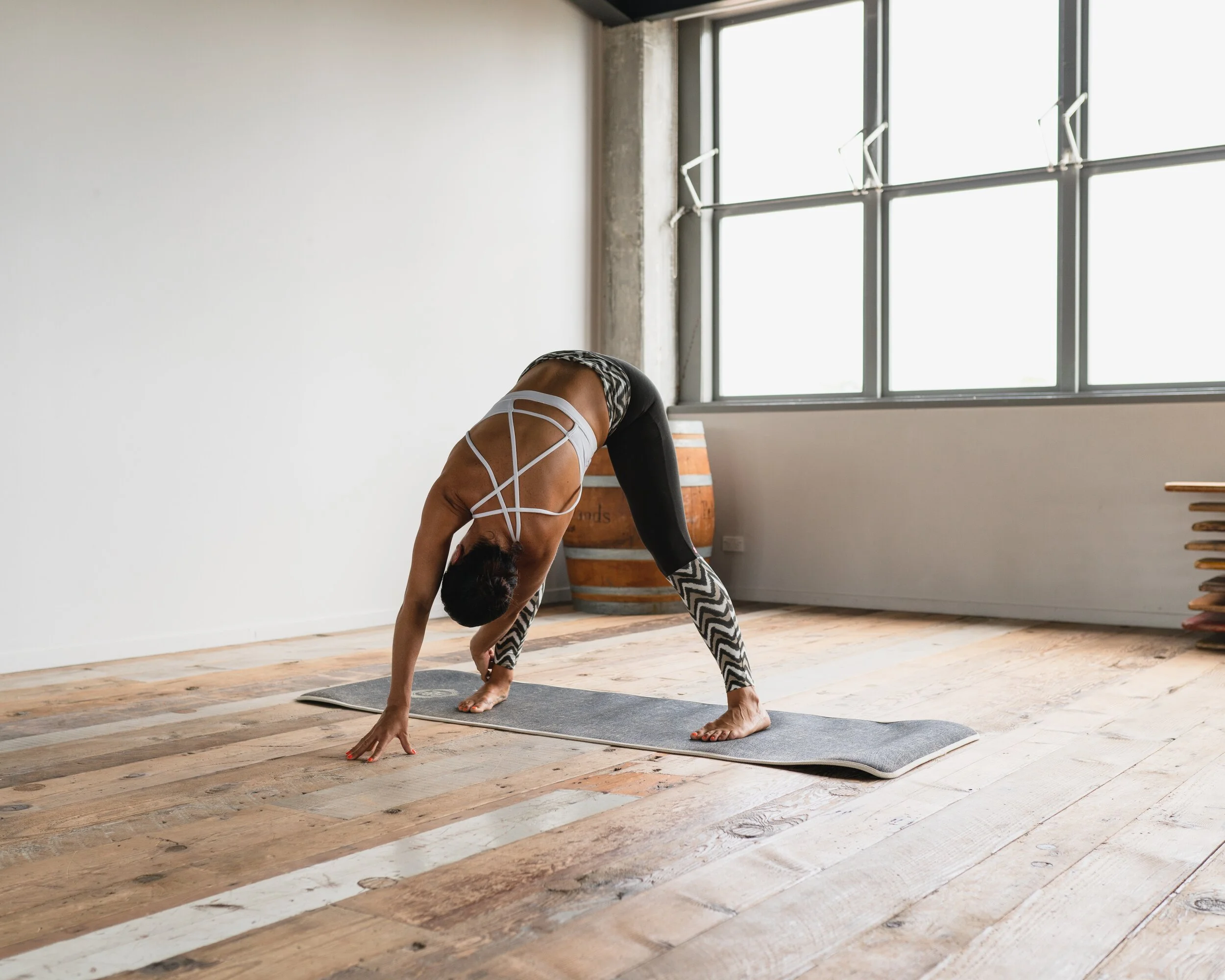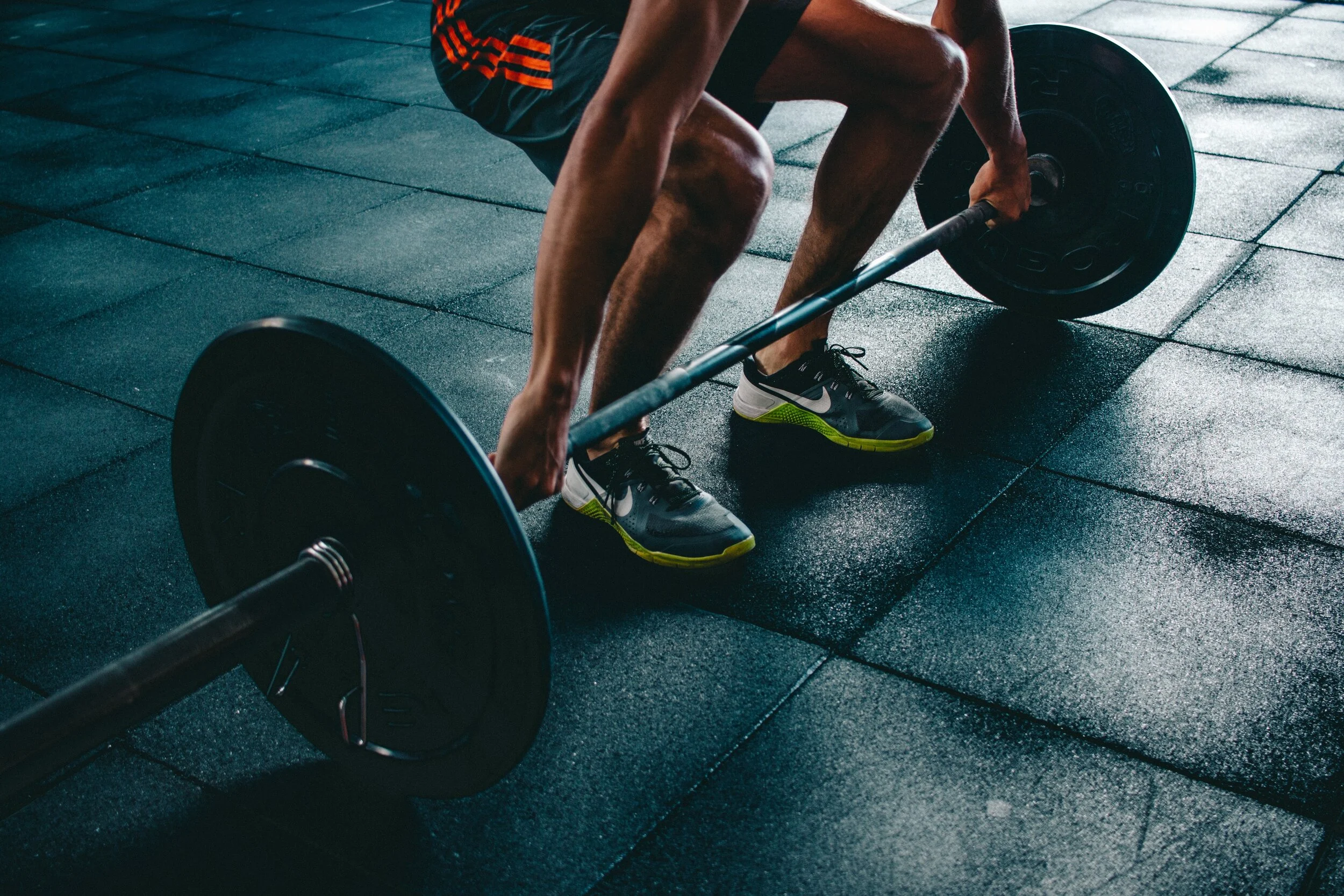Effectiveness of Stretching on Posterior Shoulder & Internal-Rotation
Article Review:
Effectiveness of Stretching on Posterior Shoulder Tightness and Glenohumeral Internal-Rotation Deficit: A Systematic Review of Randomized Controlled Trials (2017)
Posterior shoulder tightness is extremely common among the general population and even more common among athletes. This is one those problems that can often be ignored for some time but potentially leads to poor shoulder function and pain in the future. Upon testing, even in an asymptomatic population, most people lack full internal rotation range of motion of their dominant shoulder. Lacking internal rotation of the shoulder can lead to compensatory movements which in turn create muscle tightness in the upper back around the shoulder blade. Poor shoulder joint range of motion and frequent compensation can eventually lead to shoulder impingement, rotator cuff tears, and a whole variety of chronic shoulder conditions. For these reasons it is important to assess shoulder rotation and quickly improve it if the motion is restricted.
This systematic review published in 2017 by Koya Mine, Takashi Nakayama, Steve Milanese, and Karen Grimmer explores 10 randomized controlled trials to assess the effectiveness of stretching on improving shoulder range of motion. Most of the articles assessed baseball and softball players but they also included volleyball players, racquet sports players, and even non-athletes both with and without shoulder pain. Every study included in the review found a statistically significant effect of stretching to improve shoulder internal rotation range of motion. Multiple modes of stretching were analyzed in the trials and each stretch and had slightly varying degrees of effectiveness based on a variety of patient traits. One study found frequent shoulder stretching to be tremendously beneficial for maintaining shoulder strength and avoiding injury for baseball and softball pitchers. Several of the studies found no major difference between stretches and some found major statistical differences. But overwhelmingly among the studies, it was found that stretching the posterior shoulder joint with a cross body stretch improved shoulder joint range of motion and quality of motion (when the stretch was done properly with the coaching of a physical therapist). The authors of this paper found moderate to strong evidence to support immediate and short term effects of stretching on shoulder tightness and internal range of motion.
There are several important takeaways from this systematic review:
#1 Range of motion restrictions are very common in the shoulder (especially the posterior shoulder capsule) and internal rotation is often limited.
#2 Poor range of motion in the shoulder can cause compensations and eventually tissue damage. These effects are often more noticeable and severe in overhead/throwing athletes.
#3 Stretching is an effective way to improve range of motion and in turn will allow for improved function over time and possible reduction of risk of future injury, especially for athletes.
So if you or someone you know is an athlete or just has stiffness in their back and shoulders, it is likely that a regular stretching routine would be highly valuable. The sooner you can address these issues, the easier and faster they are to improve. Physical therapists are excellent at assessing joint range and strength and creating individualized treatment plans to maximize your shoulder function and keep you moving at your best. Once you see a PT and get stretching you won’t believe how much better you will feel!






